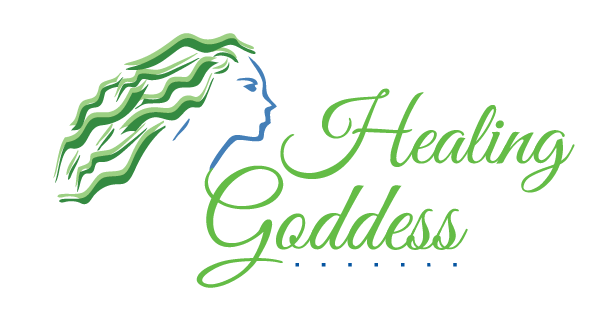Chakras Demystified
Chakra is a word that gets used quite a bit in modern culture, but sadly, often without a suitable description of what it is and what it does. You may have heard that someone's chakras are "blocked," again without any real explanation as to what that means. This article is designed to offer a basic rundown of the seven main chakras, what they are and how they affect your body, mind and spirit.
Chakra is a Sanskrit word meaning "wheel" and refers to energy points found within your body. They're believed to be spinning disks of energy that need to remain "open" and aligned, as each corresponds to bundles of nerves, major organs, and areas of our energetic body that affect our emotional and physical well-being.
While some say there as many as 114 different chakras, there are seven primary chakras that run along your spine. These are the chakras that most people are referring to. Let's look at each in turn:
Root Chakra (Muladhara)
Location: The base of the spine, in the tailbone area
Color: Red
The Muladhara governs family ties and feelings of survival, belonging and guardedness. Your earliest memories are stored here, including whether or not your basic needs were met. A blocked root chakra can manifest as physical issues like arthritis, constipation, and bladder or colon problems, or emotionally through feeling insecure about finances or our basic needs and well-being. When it’s in alignment and open, we feel grounded and secure, both physically and emotionally.
Sacral Chakra (Svadhisthana)
Location: Just below the navel, just above the pubic bone
Color: Orange
This chakra corresponds with your reproductive and sexual organs, and represents fluidity, creativity and fertility. Issues with this chakra can be seen via problems with the associated organs, like urinary tract infections, lower back pain and impotency. Emotionally, this chakra is connected to our feelings of self-worth, and even more specifically, our self-worth around pleasure, sexuality and creativity.
Solar Plexus Chakra (Manipura)
Location: The upper abdomen in the stomach area
Color: Yellow
This chakra governs confidence and self-esteem. Blockages in the solar plexus chakra are often experienced through digestive issues like ulcers, heartburn, eating disorders and indigestion. By working on this chakra, you can awaken your true personal inner power and work through your fear of taking risks.
Heart Chakra (Anahata)
Location: The center of the chest, just above the heart
Color: Green
Anahata speaks to the power of unconditional love through compassion, forgiveness and acceptance. When the heart chakra is blocked, you become possessive and codependent and may form dysfunctional relationships. Blocks can also manifest in our physical health through heart problems, asthma, and weight issues. It's the center, so it bridges the gap between our upper and lower chakras, and represents our ability to love and connect to others.
Throat Chakra (Vishuddha)
Location: The throat
Color: Blue
As one would expect, this chakra is connected to our ability to communicate verbally. Voice and throat problems as well as any problems with everything surrounding that area, such as the teeth, gums and mouth can indicate a blockage. Blocks or misalignment can also be seen through dominating conversations, gossiping, speaking without thinking and having trouble speaking your mind. When in alignment, you speak and listen with compassion.
Third Eye Chakra (Anja)
Location: Between the eyes, on the forehead
Color: Indigo
This chakra is associated with your intuition, or sixth sense, and governs how the rest of the chakras function. Since this chakra is physically located on the head, blockages can manifest as headaches, issues with sight or concentration, and hearing problems. People who have trouble listening to reality or who are not in touch with their intuition may also have a block. When Ajna is functioning well, you have insight, and you trust your inner wisdom to face life's challenges and choices.
Crown Chakra (Sahasrara)
Location: The very top of the head
Color: Violet
The crown chakra is linked to every other chakra, and so it affects not just all the organs, but also our brain and nervous system. It's considered the chakra of enlightenment and represents our connection to our life’s purpose and spirituality. Sahasrara is not located in the body but actually hovers above the crown of the head. Those with a blocked crown chakra may seem narrow-minded, skeptical or stubborn. When this chakra is open, it's thought to help keep all the other chakras open and to bring the person bliss and enlightenment.
Understanding how chakras control the flow of energy throughout your body can help you develop greater physical health, promote mental and emotional wellness and even improve relationships. Realigning or balancing your chakras can be done in many ways, including yoga, meditation, Ayurvedic medicine, certain types of bodywork and even music.
